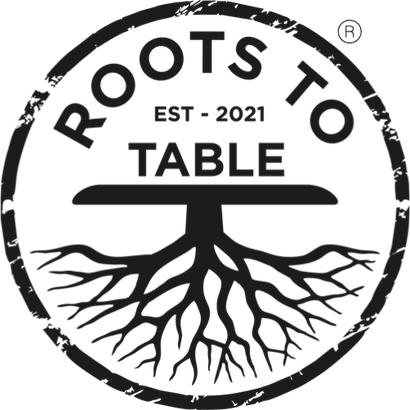Add description, images, menus and links to your mega menu
A column with no settings can be used as a spacer
Link to your collections, sales and even external links
Add up to five columns
Add description, images, menus and links to your mega menu
A column with no settings can be used as a spacer
Link to your collections, sales and even external links
Add up to five columns
Are Wood Cutting Boards Safe for Raw Meat?
Here’s What the Science Says
For years, home cooks were told never to use a wooden cutting board for raw meat. The logic seemed sound... wood absorbs moisture, and moisture can harbor bacteria, right?
Turns out… that advice was dead WRONG.
Newer research has flipped this kitchen myth on its head. Not only are wood cutting boards safe for raw meat, they are safer than plastic.
Let’s break it down.

🔬 What the Science Really Says About Wood vs Plastic
Back in the 1990s, researchers at the University of Wisconsin–Madison, led by Dr. Dean Cliver and Dr. Nese Ak, set out to test how well different cutting boards handled bacteria like Salmonella and E. coli.
The results were shocking.
-
On wood cutting boards, over 99.9% of bacteria died within minutes—even without soap or sanitizer.
-
On plastic boards, bacteria not only survived, but hid in knife grooves...even after washing.
This wasn’t a fluke. They repeated the tests under different conditions, using new boards and old, clean surfaces and dirty ones.
The outcome stayed the same: wood killed bacteria fast. Plastic gave them a place to thrive.
🧪 More Recent Evidence Confirms It
A 2019 review published in the Italian Journal of Food Safety (PubMed ID: 31113021) reinforced the same conclusion. Researchers found that wood naturally inhibits bacterial growth and continues to perform well in food-contact environments.
In contrast, plastic boards... especially once they’re scratched from use... allow bacteria to hide deep in the grooves, making thorough cleaning harder and cross-contamination more likely.
🌲 Why Does Wood Kill Bacteria?
It’s not just magic—it’s the way wood works:
-
Capillary action draws moisture (and bacteria) deep into the fibers of the board
-
Once inside, bacteria can’t multiply and quickly die
-
Wood’s natural compounds (especially in hardwoods like maple) have antimicrobial effects
This makes wood a naturally self-sanitizing material. Plastic simply doesn't do that.
🥩 So… Can You Cut Raw Meat on a Wooden Cutting Board?
Yes. Absolutely!
As long as you follow basic food safety practices:
-
Wash your board with hot, soapy water after use
-
Don’t cross-contaminate (use separate boards for raw meat and ready-to-eat foods)
-
Let the board dry completely between uses
You don’t need to soak it. You don’t need bleach. Wood does its part, and with proper care, it can be even safer than plastic.








